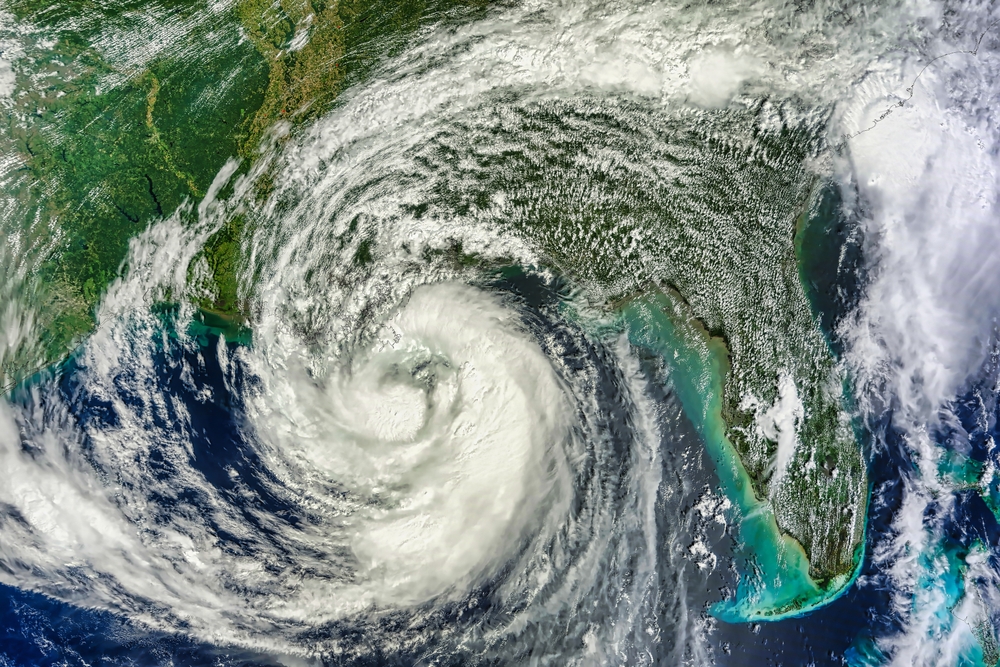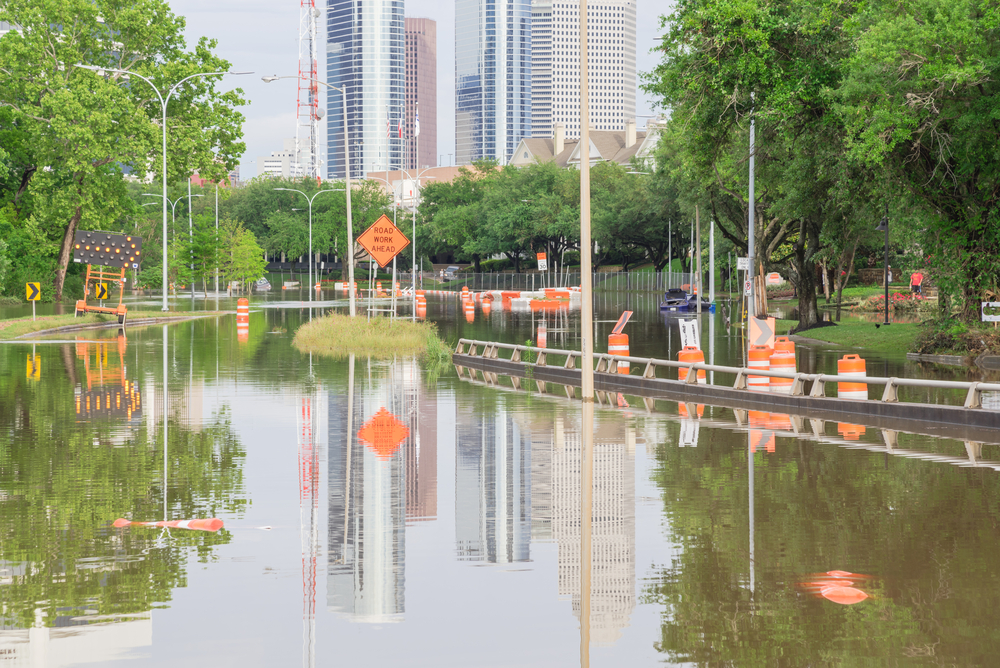By Andrew D. Mendelson, FAIA
Executive Vice President, Chief Risk Management Officer
Berkley Design Professional, a Berkley Company
October 7, 2025

Climate change is transforming the work of design professionals across the United States. In 2024, the National Oceanic and Atmospheric Administration (NOAA) recorded 27 weather and climate disasters, each causing more than $1 billion in damages. That’s three times the annual average of the nine events per year recorded between 1980 and 2024. These disasters included major floods, hurricanes, wildfires and other extreme weather events that continue to challenge infrastructure and design standards.
The changing climate has not gone unnoticed by the design and insurance communities. In recent years, architects and engineers have made meaningful progress in addressing climate-related risks and embracing resilient design. Although progress is difficult to quantify across such a broad sector, one trend is unmistakable: Awareness of climate risk is at an all-time high. That awareness is a critical first step toward lasting, industry-wide change.
When Code Compliance Falls Short
At Berkley Design Professional, we started noticing a shift about 10 years ago, after several policyholders experienced major losses in storm-prone areas including Central and South Texas. Even though they were designed to comply with code, the built projects were overwhelmed by storms that exceeded FEMA projections and historical climate models.
While engineers and architects are obligated to comply with the existing codes, the challenge is to encourage those involved in designing projects to consider recent severe climate events, become educated about future predictions, and adapt to the changing world.
Today, more design professionals understand this. Over the past five years, we’ve observed a noticeable increase in awareness. Engineers and architects are realizing that minimum code compliance might no longer be sufficient.
(more…)

